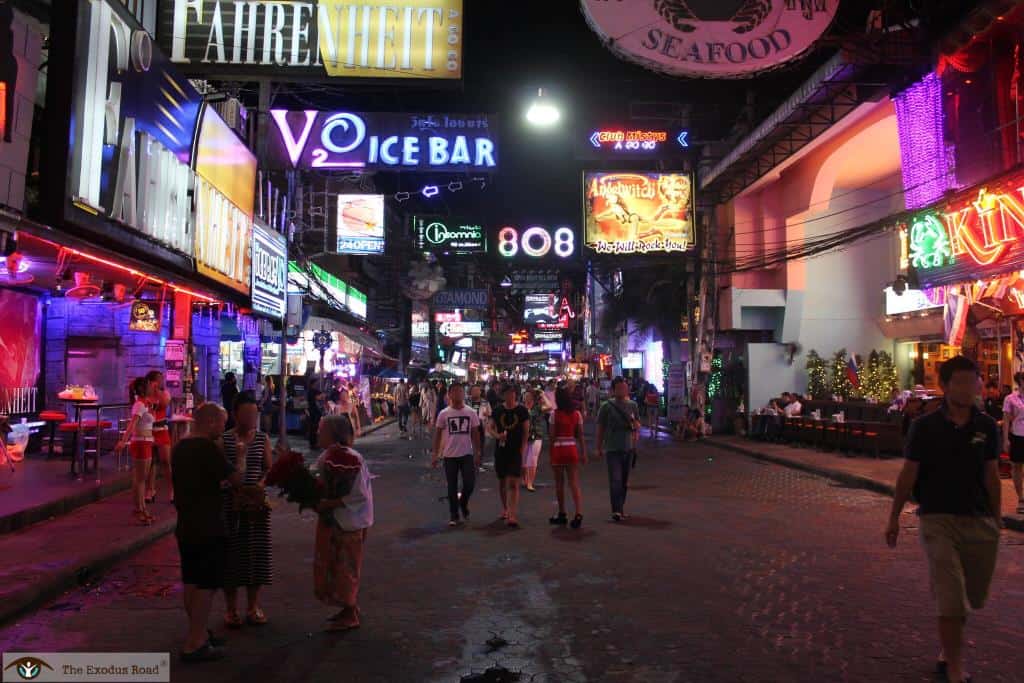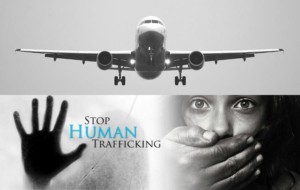Child sex tourism goes suburban, rural, online

But these days, Campbell, who works for the anti-trafficking group The Exodus Road, says it is far less common to see young girls for sale in sex tourism hotspots in cities, as child sex traffickers turn to out-of-the-way places and the internet.
“Three or four years ago I could walk into sex tourism areas and you could see girls that were 14, 15 years old very easily,” said Campbell, vice president of global operations at US-based The Exodus Road, which helps local authorities rescue children sold into forced prostitution.
“But now you are not going to find that. You will find maybe 17-year-olds, 18-year-olds … where we do still see very young girls being sold are in rural areas,” he told the Thomson Reuters Foundation.
He said traffickers operate in suburbs or small towns and villages, “where they feel they can operate with impunity because the national police aren’t as active there.”
Human trafficking is the world’s fastest growing criminal enterprise worth an estimated $150 billion a year.
More than 40 million people are trapped in modern slavery, according to new estimates by the International Labour Organization, human rights group Walk Free Foundation, and International Organization for Migration.
In Latin America, women and girls trafficked into sexual exploitation is the most common form of trafficking.
Campbell said Venezuelan women and girls are increasingly at risk of falling prey to traffickers looking to exploit poverty as tens of thousands head to neighbouring Colombia and Brazil to escape a humanitarian and political crisis at home.
“There’s a market right now for victims that is very enticing to traffickers,” said Campbell, adding Venezuelan women are being trafficked within Latin America and beyond.
“Traffickers are experts in exploiting the vulnerabilities of marginalised people. They are really adept at manipulating the desperation of the poor.”
Campbell trains people to work undercover and raid places where children are sold for sex, from bars and brothels to hotels and squares, to identify victims and gather evidence.
Typically evidence includes video footage taken with hidden cameras of children being sold that can be used by police to rescue them and put sex traffickers behind bars, he said.

Operatives trained by The Exodus Road working in Thailand. By The Exodus Road.
For the past five years, The Exodus Road has worked mainly in Southeast Asia and India but recently moved into Latin America, a region known as a hub for online child porn, Campbell said.
The charity has trained five local investigators who are working undercover and in cyber forensics, he said.
Some of the techniques being used to crack child porn rings and identify victims include technology to decode encrypted files and data scrapping, which can pull information off the internet on traffickers.
“And then there’s just the pornography side, the live streaming of child rape and so you can have tens of thousands of men logging in and watching these things take place,” he said.
“There is an issue in Latin America where it’s kind of a hub for a lot of the trafficking and recruiting of young, young children and the live streaming is done from Latin America.”
He said traffickers are increasingly distributing child pornography and selling children via instant encrypted messaging services like WhatsApp, social networks such as Facebook, and sites on the dark web that can allow users to remain anonymous.
“It’s certainly is safer for the trafficker to sell online,” Campbell said.
Source: Thomson Reuters Foundation, the charitable arm of Thomson Reuters.
Featured image: Child sex tourism is moving away from red light districts like one pictured and into the suburbs, country areas, and online. Image by The Exodus Road.
Related posts





